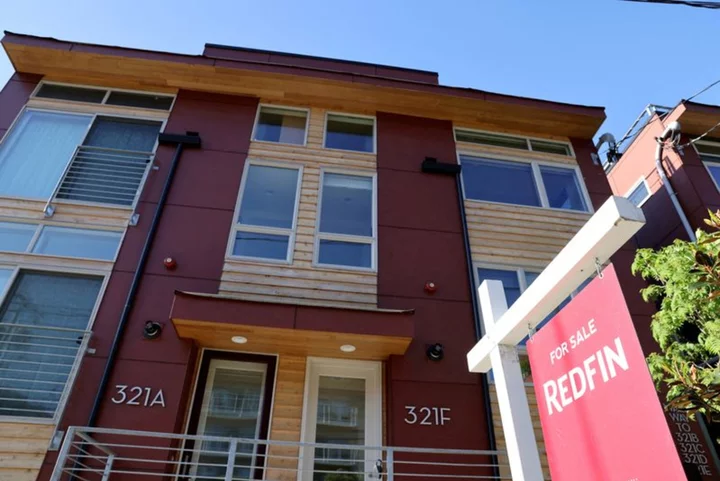By Michael S. Derby
NEW YORK Amid a modest gain in overall household borrowing levels during the first quarter, the level of those taking on new housing-related debt dropped sharply, the New York Fed said Monday in a report.
Overall household debt levels rose by 0.9% to $17.05 trillion during the first three months of the year, the bank said in its latest Quarterly Report on Household Debt and Credit, noting that overall debt levels are just shy of $3 trillion higher than they were in 2019 before the coronavirus pandemic struck. New York Fed researchers view overall debt levels as relatively healthy, with some pockets of nascent concern.
The bite of the higher interest rate environment the Fed has been putting in place over the last year snagged the housing market. The bank said new mortgage debt created during the first quarter fell to the lowest level since 2014 at $324 billion, while overall mortgage debt for the quarter stood at $12.04 trillion.
The New York Fed took special note of how housing-related debt has performed since 2020, when the pandemic struck and the Fed slashed rates to near-zero levels and bought bonds that helped ensure mortgage rates were super-low, which in turn sparked a huge surge in home prices and purchases.
The Fed’s effort to lower very high inflation through rate rises has ended that period, but the bank found that refinancing activity has set many households up strongly for the future.
The bank noted that 14 million mortgages were refinanced between 2020 and 2021, some five million borrowers extracted $430 billion in home equity during the period and nine million refinanced without extracting equity, creating an aggregate $24 billion annual savings in housing costs.
While the end of low mortgage rates creates a serious headwind to selling a house with a low mortgage rate, bank economists said in a blog post accompanying the debt report that “the improved cash flow from the recent refinance boom will potentially provide significant support to future consumption.”
The New York Fed said in its report delinquency rates on housing and student debt levels remains low, although delinquency rates from credit cards and auto loans increased, testing levels seen before the pandemic.
(Reporting by Michael S. Derby; Editing by Chizu Nomiyama)









